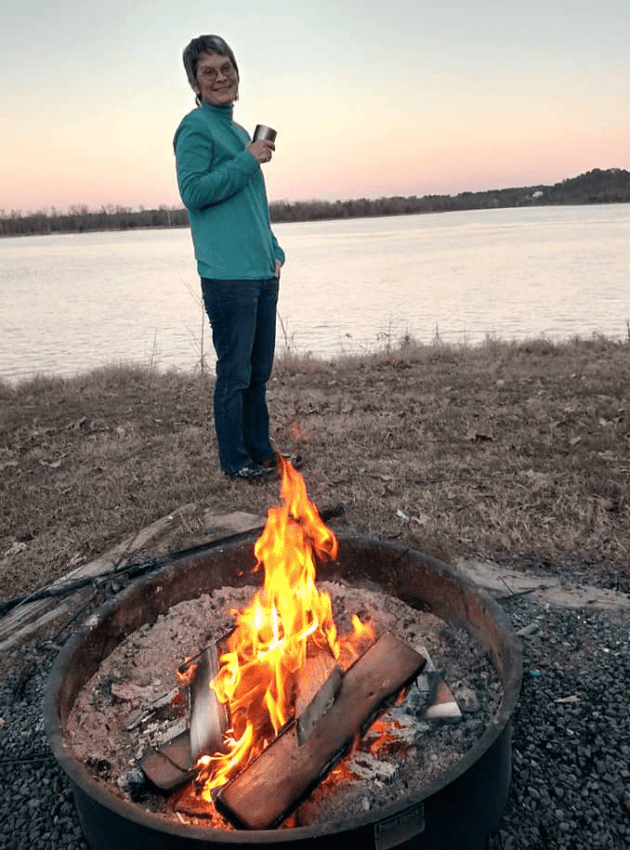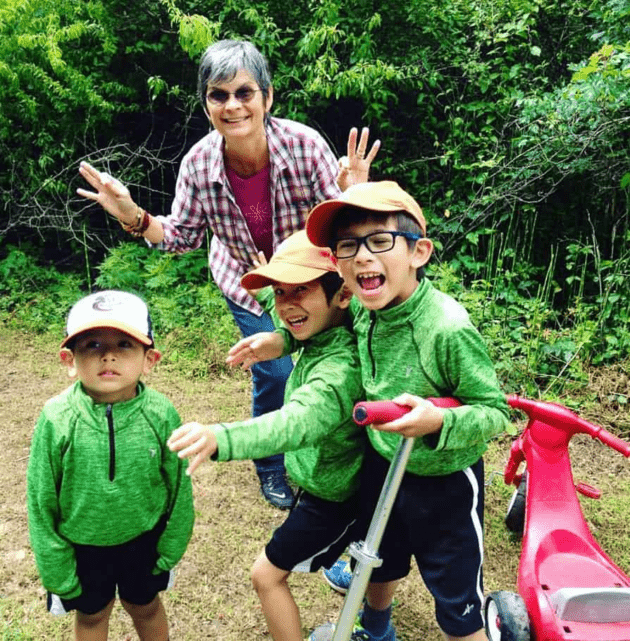
How long have you worked at UAMS?
Since 2005. Previously, I was teaching college freshman/sophomore writing and co-directing a National Writing Project site at UALR.
How long have you been in your current position?
I came to OSPAN as a research administrator in July 2016. Before that I was in the Department of Internal Medicine 2005 – 2016 first as a medical writer, then later as a medical and research services manager. Internal Medicine is where I got my feet really good and wet in grants submissions.
What is your favorite part of the job?
First, I’m pretty well suited to grant submissions and grants management because it requires one to “mind the details” and get things right. I am OCD and thrive on getting it right… hate getting it wrong. I like unpacking a process, mining for the details, and developing a methodology proper-list (i.e. checklist) for many of the pre- and post-award processes that we have.
Second, I’m quite crazy about my fellow team members that I work with every day, and I value my connections with other research personnel and P.I.s on campus as well. It is my relationships with people here that keep me coming back every day. Seriously.
Are there any challenges?
I really like to take the time to reflect on projects as they are completed. Answer the questions — What did I do well? Not well? What did I learn? What did I not know? What do I need to remember about this particular PI? Do I need to modify my proper-list for this process? Do I need a new proper-list? I like to have time to improve my processes and increase my knowledge and expertise. Finding time however, is the big challenge.
Secondly, the other significant challenge I face (and my co-workers) is when a grant submission has a really quick turnaround. My challenge is to be thorough and do a quality job on the submission just like it was any other.
How do you begin a new project?
When a new proposal comes in, I first communicate with the Principal Investigator that I am their OSPAN Research Administrator and available for assistance. In a face-to-face meeting, phone call, or email, I assess and clarify the level and type of assistance needed (e.g., budget development, compiling a biosketch, document editing, tracks submission, etc.). If I am working with a new P.I., I definitely spend time explaining the internal submissions processes to head off possible missteps or confusion. After our initial meeting, I review the funding proposal for eligibility and any special requirements that must be addressed in the P.I.’s submission. I try to anticipate potential problems and troubleshoot them in advance. I also typically draft a checklist of all required documents and other essentials for the submission and send that checklist to the P.I. for review – it keeps us on the same page so to speak, allowing us to acknowledge and as needed, discuss all the requirements. Being thorough in these ways is perhaps the most important part of my job in a grant’s submission.
How do you/your group handle problematic issues?
Well for one thing, problems are actually addressed. Not ignored. I love that.
Our team leader is P.J. Reed – I really appreciate her consistency to address any problems. In my experience, not every leader does that, but it certainly makes for a healthier, less dysfunctional workplace. Everybody loves that.
I am really fortunate to work with a great OSPAN team (there are 4 OSPAN teams), “Team PJ.” We are a really strong, cohesive team. I totally believe that this cohesiveness minimizes our problems and makes it a bit easier to deal with them. We interact with each other throughout the day, ask each other questions, bounce things off each other. We move through the work day, the work week, assisting each other, sharing our knowledge, unpacking the questions, listening and learning together. We are very much FOR each other doing well and doing better. We trust each other. We listen to each other. We laugh an incredible amount – at ourselves and at each other. Periodically, we connect off campus as well.
How many applications/proposals/articles do you work on annually?
On average, I work each month on 4-6 proposals for Internal Medicine (my assigned department in our group). Since we all assist as needed within our office, I may also help with another 1 or 2 research proposals per month originating from other departments.
How about after hours? What do you do for fun?
Well, my best friend is my husband – we love chilling at home alone or having friends and family over for games, good food, and wine. We play golf together when weather permits and take our camper trailer out periodically as well. My favorite close-by location is Maumelle campground. The Arkansas River is only a few yards away!

And last, but not least: our 7 grandkids (6 boys, 1 girl all under the age of nine) here in Little Rock keep us busy. We enjoy many fun times with them, including camping. As a grandmother (Gramzie), it’s very important to me to support my two adult married kids as parents – in code, that means we are seasoned babysitters.

What personal skill or hobby don’t most people know about you?
I love to write! Writing people’s stories is probably my forte – right now I’m working on a book about growing up in Africa. I am using two voices and two timelines: one is the teenager me in the 1970’s; the other is the adult me up to current day, looking back, forming judgments, making conclusions. I have my mother’s big, thick journals and hundreds of her letters to prod my memory.
Any last thoughts on your position as a Senior Research Administrator for OSPAN?
I would certainly be remiss if I didn’t say that I think what we do as RAs is important. When one of our P.I.s receives funding from a project we worked on, it’s a great feeling we all share. We know that the work they are going to do is important to them and to many other people as well. A few months ago, one of my P.I.s sent me a text about getting a small grant awarded. It read, “Dear GibAnn, after 3years, we finally got one!” I can’t tell you how that made me feel.
